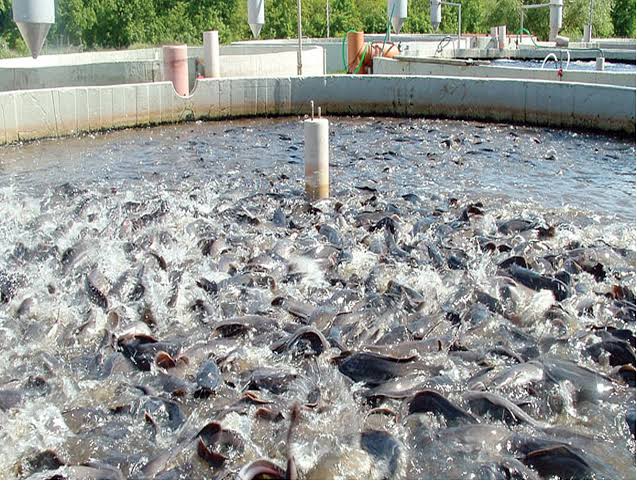How To Reduce Cost In Fish Farming
The rising costs associated with inputs, raw materials and feed remain a growing problem in fish farming. Maintaining optimal feed conversion rates is now more important than ever, and managing costs is key to running a successful and profitable fish farm. However, in order to maximise profits and reduce costs, care must be taken not to adversely affect the rate of progress – something that seems relatively small can actually have a huge impact on growth.
Below are the five tips to reduce costs in fish farming.
 Learn More
Learn More1. Provide Nutritionally Balanced Feed
It should come as no surprise that, in general, the most expensive element of a producer’s business is feed. In fact, some farms report that feed accounts for as much as 50-70% of their operating costs. While important, cost per pound should not be the main determining factor in feed selection; Performance must also be considered. In the long run, the cost of using inferior feed is actually higher, resulting in an unnecessary increase in feed conversion rate (FCR). Under the FCR, farms can increase the amount of feed needed to produce a unit of meat. Lower-cost feed is often seen as the most efficient — but even if the feed cost per pound of fish or shrimp produced is low, when you factor in growth rates and other factors, the bottom line suffers when the fish reaches market size.
READ ALSO: Water Parameters that Influence Fish Performance
It is effective and practical to evaluate feed performance by considering a variety of properties. Some features to consider include
Feed efficiency
The growth rate
The overall quality
Digestibility
Health and immune support
Reduce drug costs
The water quality maintenance
The quality and integrity of the feed selected will vary for different species and stages of life. Proper preparation of feed will help ensure that animals and farms get the best results. Determining protein content is a simple and commonly used method of assessing feed quality – the higher the better.
READ ALSO: Factors to Consider in Water management in Poultry
2. Support Health
Providing a feed that provides good nutritional balance will directly affect FCR and the overall success of the farm. Vitamins and minerals must be added to feed to create a nutritionally balanced and truly complete diet that meets the basic nutritional needs of fish and shrimp.
Each species and growth stage has specific nutritional needs, but a healthy gut is key to achieving and maintaining optimal health for all fish and shrimp. Gut microbiota, gut morphology, immune system and nutrient absorption — and how these elements interact — all play an important role in the health and performance of fish and shrimp. Manna oligosaccharides (MOS) have been shown to affect intestinal health; However, different fermentation methods, manufacturing methods and yeast strains can have a great impact on the function.
Animals in farmed environments also need the necessary nutrients to meet their basic nutritional needs. Organic trace elements are ideal because they are more bioavailable than inorganic materials and can be absorbed, stored and utilized by animals.
To be continued in Part Two















